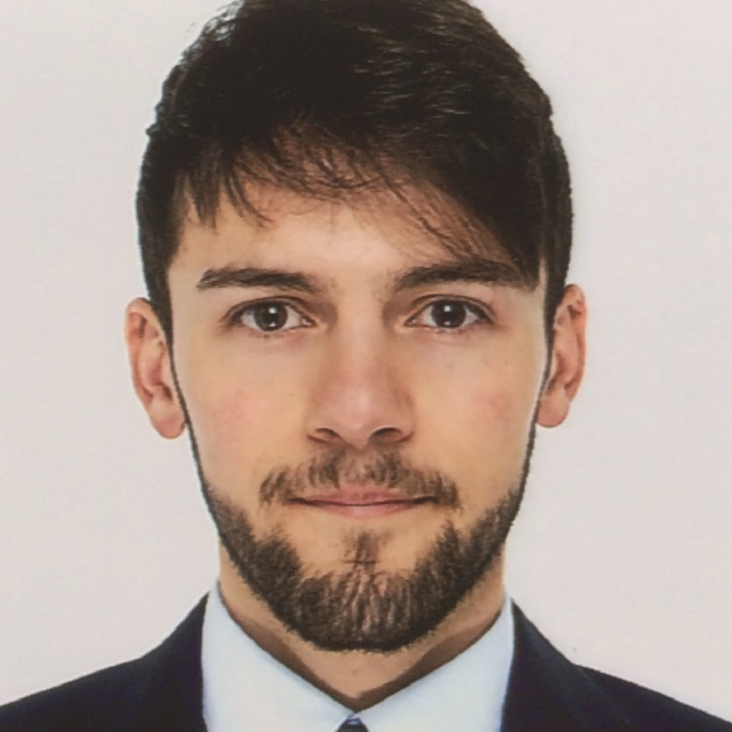Cavity-based atom-atom entangler
This project involves interfacing atoms with photons, exploiting their strong interaction in high-finesse optical cavities. It encompasses the design of an efficient matter-light interface based on trapped neutral atoms. Cavities with a tiny mode volume provide large coupling between particles and light, which can be used in many applications. The system can serve as an efficient single-photon source and a high fidelity light-matter interface, with the state of the atom mapped either onto the polarisation state of the photon or encoded in time-bins. The cooling, trapping and imaging of single neutral atoms has repeatedly been demonstrated in microscopic optical tweezers. A formidable challenge that remains is to realise deterministic transport of atoms over macroscopic distances into an optical cavity, which is required to achieve strong coupling and long interaction times.
For long-distance distribution of entanglement and the establishment of quantum networks, the photon must be coupled to an optical fibre. The second goal is to create an all-fibre-coupled two-site network with trapped atoms in which the quantum state of one site can be transferred to the other, and where the particles in the two sites can be entangled. This is expected to be developed with a probabilistic scheme, in which photons emitted from two distant atoms are combined at the two input ports of a 50:50 beam splitter. If the photons are detected at different output ports, then the atoms are projected into an entangled state. This will enable the generation and verification of entanglement between the two remote atoms using full Bell-state tomography.


